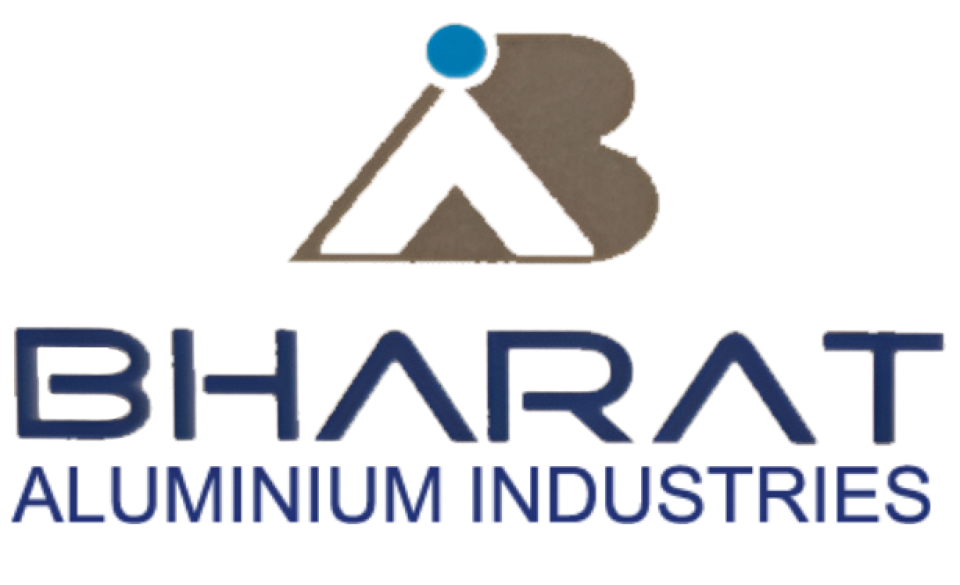
Bimetallic Sheet Manufacturer, Supplier
Bimetallic sheets supplied by Bharat Aluminium Industries are a high-quality product made by bonding two different metals together. These Bimetallic sheets are designed to provide superior performance and durability, making them ideal for a wide range of industrial applications. The combination of two different metals provides unique properties, such as high strength, excellent corrosion resistance, and good thermal and electrical conductivity.
In the realm of material science and engineering, the pursuit of innovative materials with diverse properties and applications remains an ongoing quest. One such remarkable material that has gained prominence in recent years is the bimetallic sheet. This extraordinary composite material combines the unique characteristics of two different metals, resulting in a product that boasts exceptional mechanical, thermal, and electrical properties. In this article, we will delve into the fascinating world of bimetallic sheets, exploring their composition, manufacturing processes, applications, and the myriad benefits they offer to various industries.
Composition of Bimetallic Sheets
A bimetallic sheet, as the name suggests, is composed of two distinct metallic layers, typically bonded together through various methods. These layers can be composed of metals with significantly different properties, such as copper and aluminum, copper and steel, or even copper and brass. The choice of metals is driven by the intended application and the specific properties required. For instance, copper-aluminum bimetallic sheets are prized for their excellent electrical conductivity and heat dissipation capabilities.
The creation of bimetallic sheets involves a series of intricate manufacturing processes designed to ensure a strong and reliable bond between the two metal layers. One common method is roll bonding, where the two metals are passed through a rolling mill under high pressure and temperature. This process creates a metallurgical bond by physically forcing the metals to merge at the atomic level, resulting in a robust and inseparable composite.
Another method is explosive welding, which involves using explosives to join the metals. While it may sound dramatic, this technique creates an exceptionally strong bond and is often
Applications of Bimetallic Sheets
Bimetallic sheets find applications in a wide range of industries due to their unique combination of properties. Here are some notable applications:
1. Electrical Industry: Bimetallic sheets are commonly used in electrical applications, such as circuit breakers and electrical switches, due to their outstanding electrical conductivity. Copper-aluminum bimetallic sheets, in particular, are highly favored for their ability to handle high electrical loads while efficiently dissipating heat.
2. Aerospace and Aviation: In the aerospace and aviation industries, weight reduction is a critical factor. Bimetallic sheets, with their lightweight composition and high strength-to-weight ratio, are utilized in the construction of aircraft components and spacecraft. These sheets help optimize fuel efficiency and reduce overall weight without compromising structural integrity.
3. Automotive Sector: Bimetallic sheets are employed in various automotive components, such as heat exchangers and radiator fins. Their excellent thermal conductivity ensures efficient heat transfer and temperature regulation, contributing to the overall performance and longevity of the vehicle.
4. Cookware and Kitchen Appliances: In the consumer sector, bimetallic sheets are used in the manufacture of high-quality cookware. The combination of metals provides even heat distribution, making them ideal for cooking utensils like frying pans and saucepans.
5. Architectural and Construction: Bimetallic sheets are also applied in architectural elements, such as cladding and roofing materials. Their durability, corrosion resistance, and aesthetic appeal make them a popular choice for modern building designs.
Benefits of Bimetallic Sheets
The use of bimetallic sheets offers several advantages to industries and consumers alike:
1. Enhanced Performance: Bimetallic sheets can be tailored to meet specific performance requirements. By selecting the right combination of metals, engineers can achieve the desired balance of strength, conductivity, and other properties.
2. Lightweight Design: Their lightweight nature makes bimetallic sheets an attractive choice for applications where weight reduction is critical, such as aerospace and automotive industries.
3. Cost Efficiency: Bimetallic sheets provide cost-effective solutions by combining the beneficial properties of two metals in a single material, eliminating the need for more expensive alternatives.
4. Durability: These sheets are known for their durability and resistance to corrosion, ensuring a longer lifespan in various environments.
5. Sustainability: Bimetallic sheets contribute to sustainability efforts by optimizing material usage, reducing waste, and improving energy efficiency in various applications.
